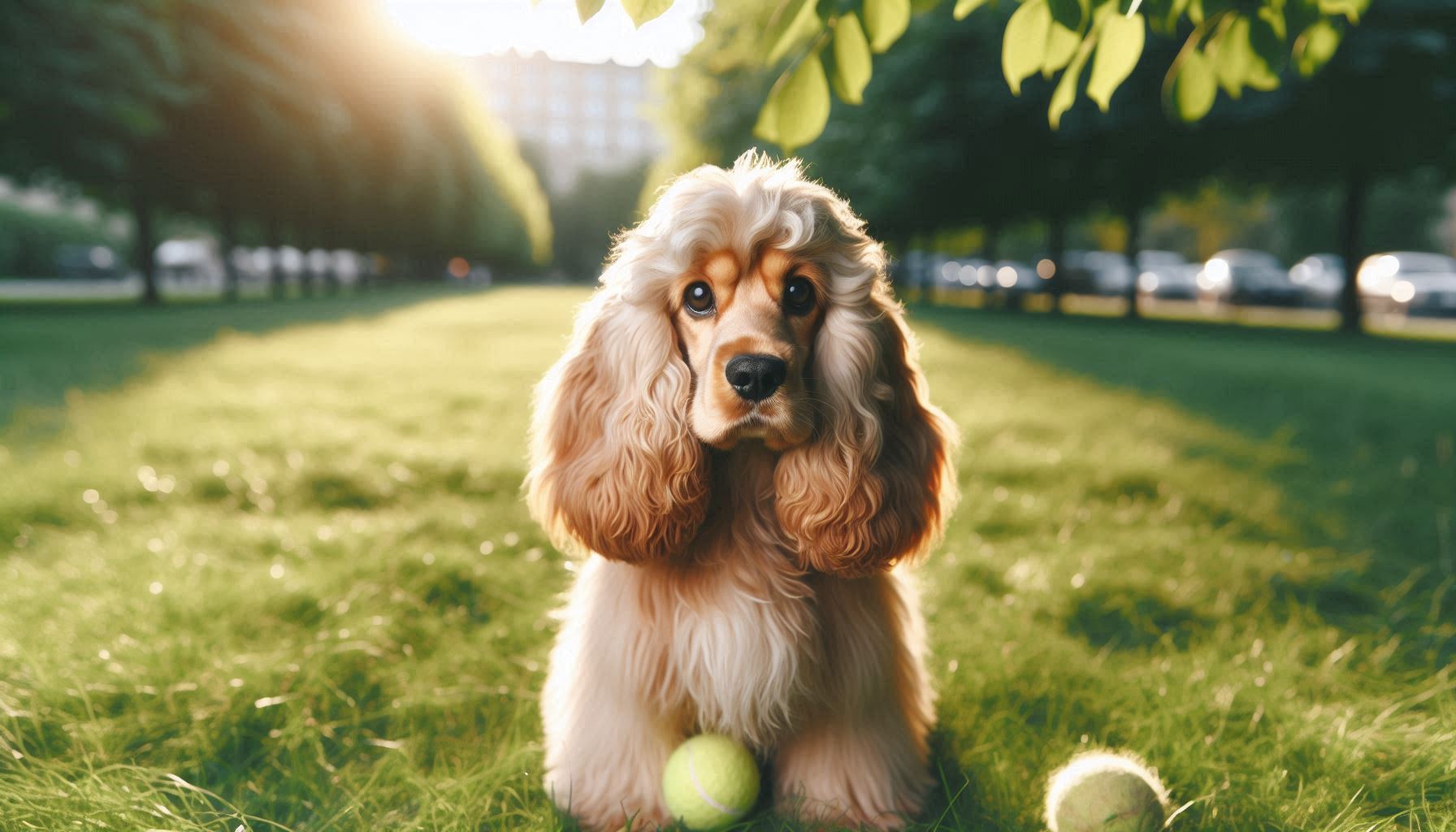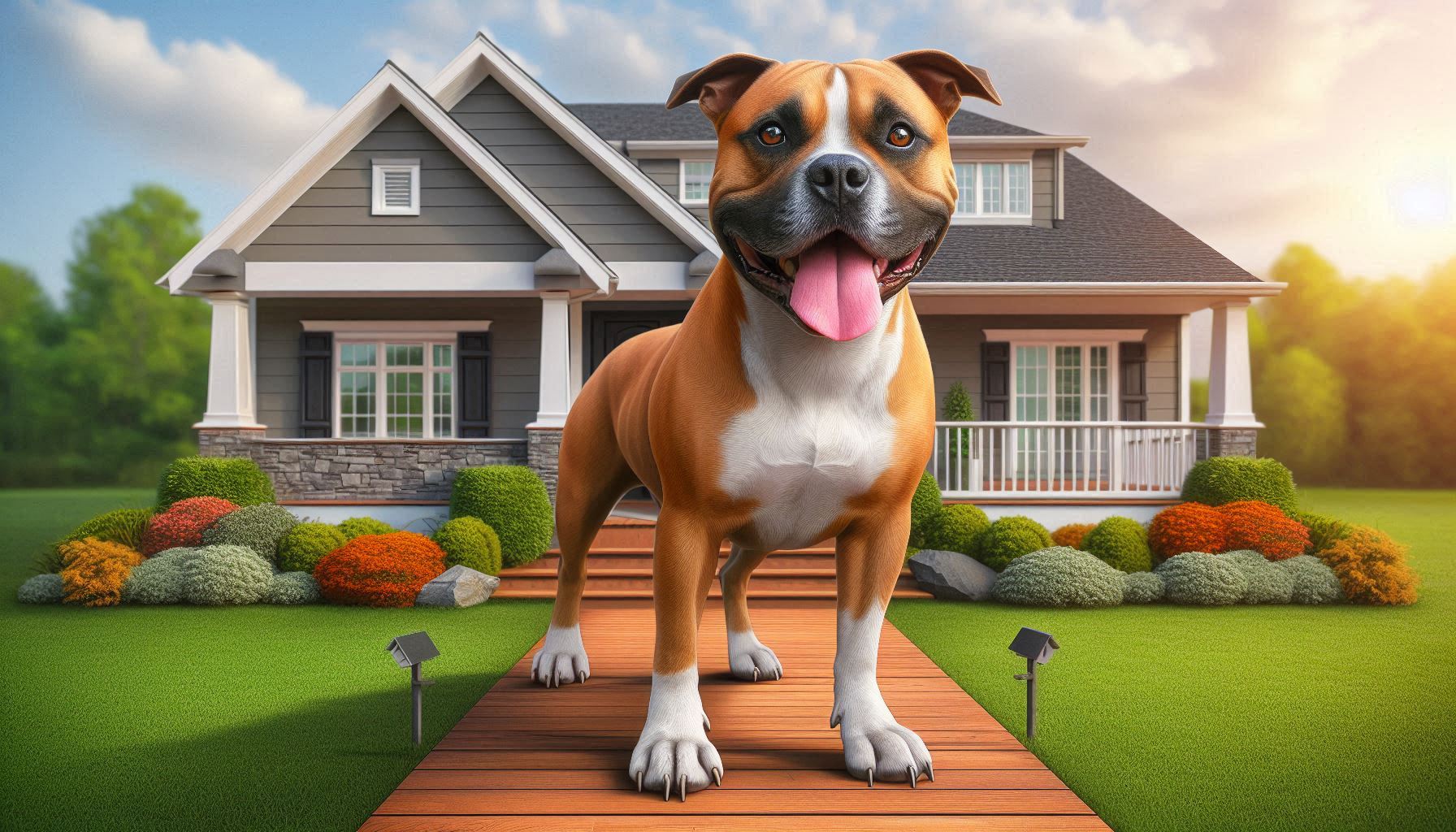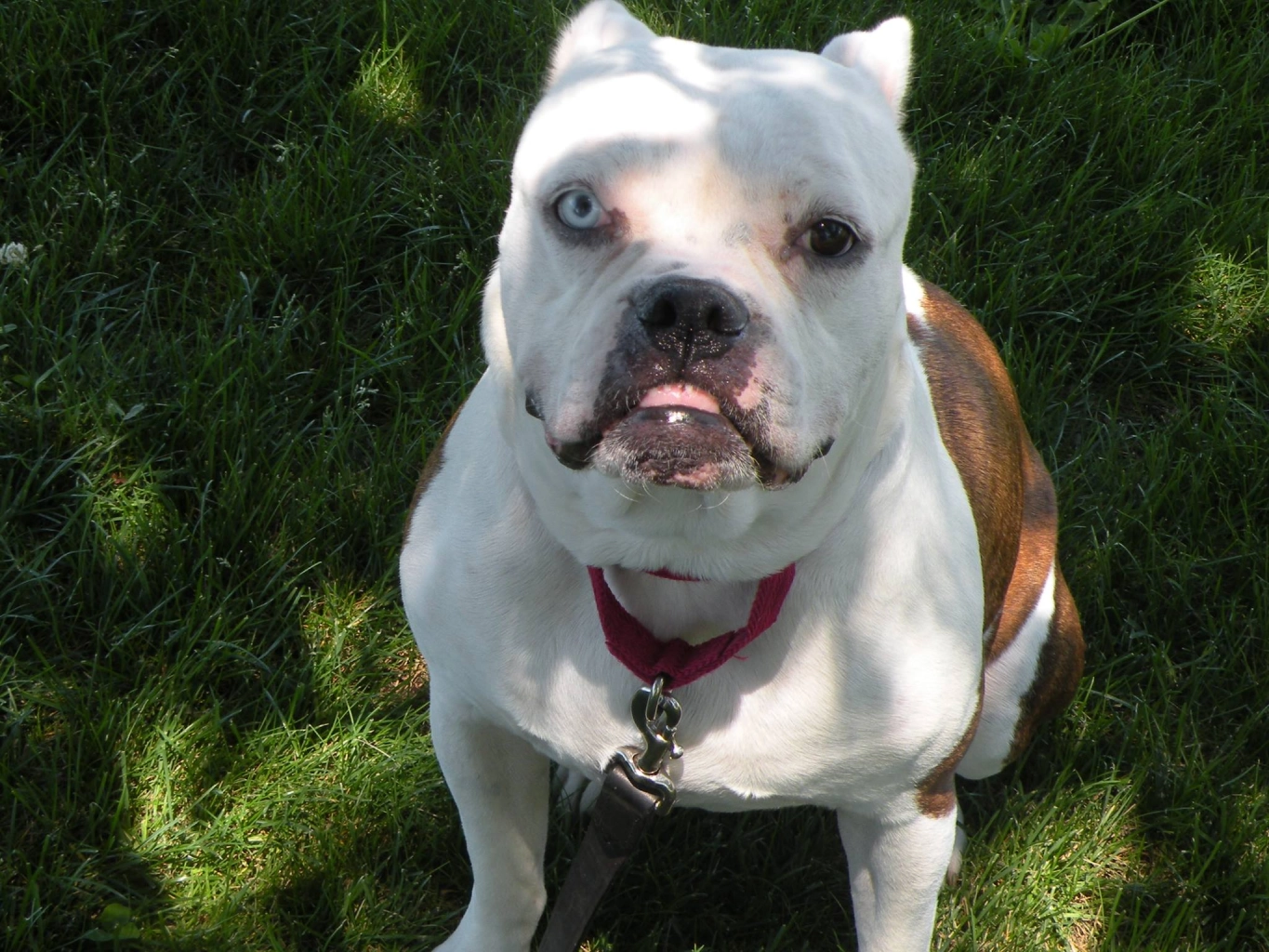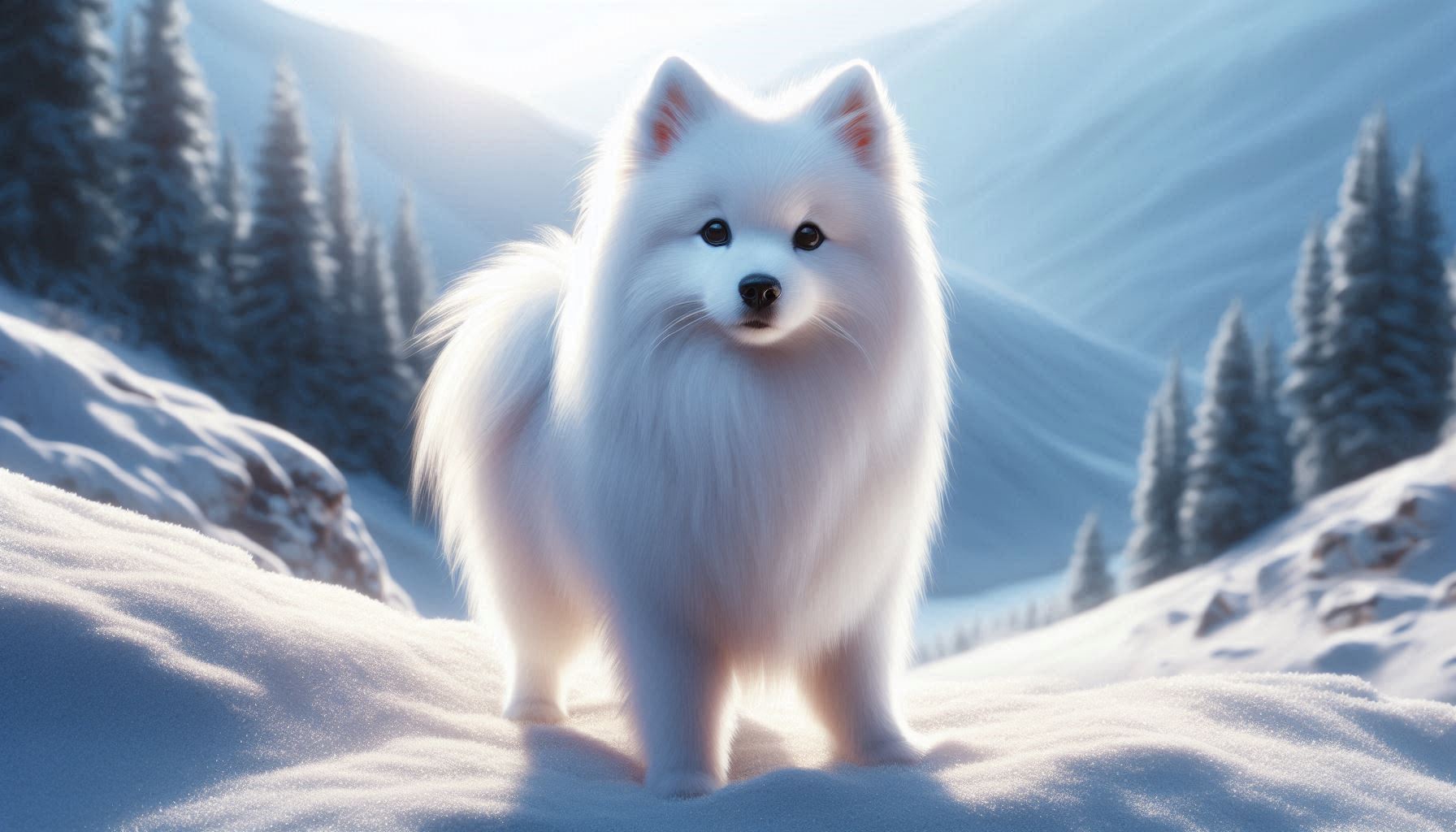Table of Contents
Cockador Dog Breed
The Cockador, also known as the Spanador, is a delightful mixed breed dog that combines the best traits of the Cocker Spaniel and the Labrador Retriever. This breed is renowned for its intelligence, playfulness, and affectionate nature, making it a popular choice among dog owners. With its friendly demeanor and striking appearance, the Cockador is more than just a pet; it’s a cherished family member.
History and Origin
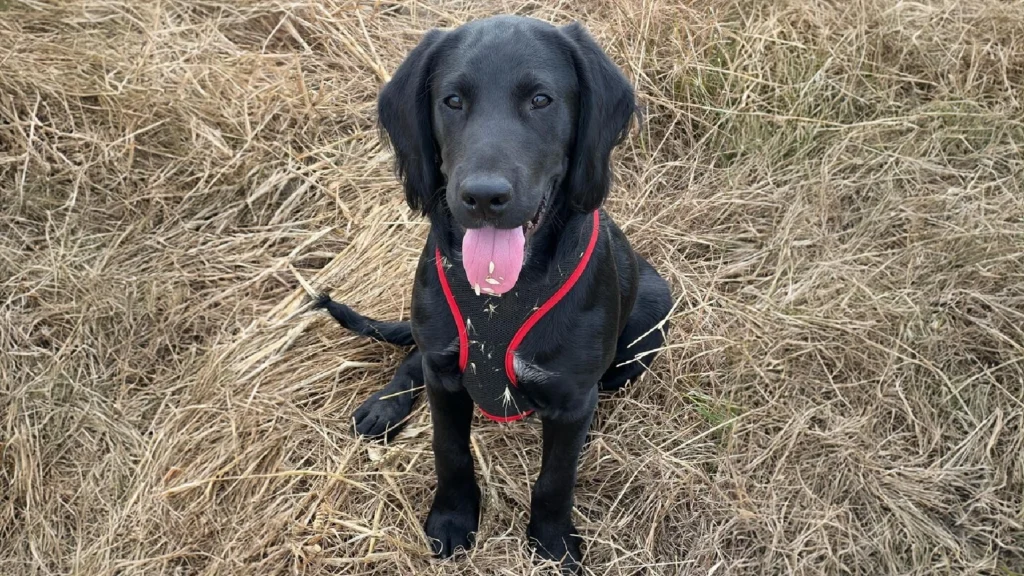
The Cockador is a relatively recent addition to the world of designer dog breeds. As a hybrid, this breed does not have a long-established history like its purebred parents. The Cocker Spaniel and the Labrador Retriever each have rich backgrounds that contribute to the characteristics of the Cockador.
The Cocker Spaniel originated in Spain and was developed in the United Kingdom for hunting purposes. It was particularly prized for its ability to flush out game birds. On the other hand, the Labrador Retriever hails from Newfoundland, Canada. Originally bred to help fishermen retrieve nets and catch fish, the Labrador Retriever quickly became known for its versatility and excellent temperament.
The blending of these two breeds aimed to create a dog that combines the Cocker Spaniel’s affectionate and playful nature with the Labrador Retriever’s intelligence and trainability. The result is the Cockador, a breed that is both charming and adaptable.
Physical Characteristics

Size and Build
The Cockador typically falls within the medium-sized category, with adult dogs weighing between 30 to 60 pounds and standing about 18 to 24 inches tall at the shoulder. The breed exhibits a sturdy and athletic build, reflective of its Labrador heritage, while also showcasing the Cocker Spaniel’s more compact and elegant frame.
Coat Type and Colors
One of the most appealing aspects of the Cockador is its coat. The coat can vary significantly, often taking after either the Cocker Spaniel’s silky and wavy texture or the Labrador’s short and dense fur. Common colors include black, chocolate, golden, and a mix of these shades.
Distinctive Features
The Cockador often inherits the expressive, soulful eyes of the Cocker Spaniel, coupled with the strong, well-defined features of the Labrador Retriever. Their ears may be floppy like the Cocker Spaniel’s or slightly shorter, adding to their endearing appearance.
Temperament and Personality
Interaction with People
Cockadors are known for their friendly and sociable nature. They thrive on human interaction and are particularly affectionate with their families. Their loving disposition makes them excellent companions, and they are often described as being “velcro dogs” due to their tendency to stay close to their owners.
Interaction with Children
This breed is an excellent choice for families with children. Cockadors are patient, gentle, and playful, making them wonderful playmates. They are also protective and will often form strong bonds with the younger members of the family.
Interaction with Other Animals
Cockadors generally get along well with other pets, including dogs and cats. Early socialization is key to ensuring they develop positive relationships with other animals. Their friendly and non-aggressive nature makes them a harmonious addition to multi-pet households.
Health and Lifespan
Common Health Issues
Like all breeds, the Cockador is prone to specific health issues. Common concerns include hip dysplasia, ear infections, and allergies. It is essential to monitor their health closely and schedule regular check-ups with a veterinarian to catch any potential issues early.
Average Lifespan
The Cockador typically enjoys a lifespan of 12 to 15 years. Maintaining a healthy diet, regular exercise, and routine veterinary care can help ensure they live a long and happy life.
Health Tips
To keep your Cockador healthy, consider the following tips:
- Regular Exercise: Ensure they get ample physical activity to prevent obesity and support joint health.
- Balanced Diet: Feed a high-quality dog food suitable for their age, weight, and activity level.
- Dental Care: Regular brushing and dental check-ups can prevent periodontal disease.
- Ear Cleaning: Given their floppy ears, regular cleaning can prevent infections.
Care and Grooming
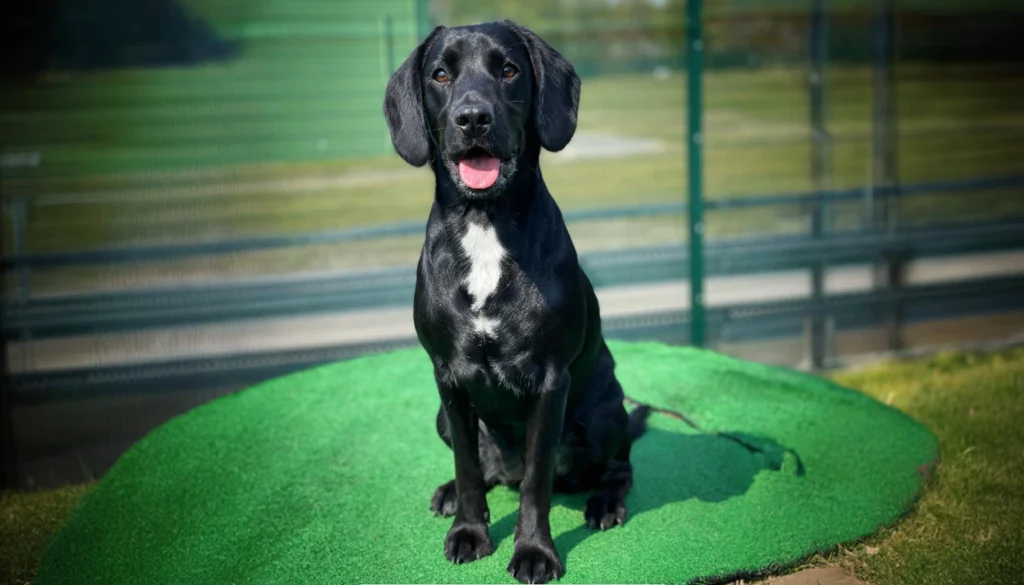
Grooming Needs
Cockadors require regular grooming to keep their coat in top condition. If they inherit the Cocker Spaniel’s coat, they will need more frequent brushing to prevent matting and tangling. In contrast, those with a Labrador-like coat will have lower grooming needs but still benefit from regular brushing.
Exercise Requirements
This breed is energetic and enjoys various activities, including walks, runs, and playtime in the yard. They are also excellent swimmers, thanks to their Labrador genes. Ensuring they receive sufficient exercise is crucial to keeping them mentally and physically stimulated.
Dietary Recommendations
A balanced diet is critical for a Cockador’s health. High-quality commercial dog food that meets their nutritional requirements is recommended. Consult with your veterinarian to determine the best diet based on your dog’s age, size, and activity level.
Training and Socialization
Training Techniques
Cockadors are intelligent and eager to please, making them relatively easy to train. Positive reinforcement techniques, such as treats and praise, work best. Consistency and patience are essential to ensure they understand and follow commands.
Socialization Tips
Early socialization is vital to raising a well-adjusted Cockador. Expose them to various environments, people, and other animals from a young age. Puppy classes can also be beneficial for structured socialization and basic training.
Common Challenges
Some Cockadors may inherit the Cocker Spaniel’s stubborn streak, which can present training challenges. Staying consistent and using positive reinforcement will help overcome this. Additionally, their high energy levels mean they need sufficient mental and physical stimulation to prevent boredom-related behaviors.
Suitability as a Family Pet

Living Environment
Cockadors adapt well to various living environments, from apartments to houses with large yards. However, they do best in homes where they have plenty of space to move and play. They are not well-suited for outdoor-only living and thrive when they can be with their family.
Energy Levels
This breed has moderate to high energy levels and requires regular exercise to stay happy and healthy. They enjoy activities like fetch, agility training, and long walks, making them excellent companions for active families.
Fun Facts and Trivia
- Swimming Enthusiasts: Thanks to the Labrador Retriever genes, many Cockadors are natural swimmers and love water-based activities.
- Versatile Hunters: The Cockador has inherited strong hunting instincts from both parent breeds, making them adept at retrieving and tracking.
- Therapy Dogs: Their friendly and gentle nature makes Cockadors excellent candidates for therapy dog work, providing comfort and support to those in need.
Dog Breeds Similar to the Cockador Dog
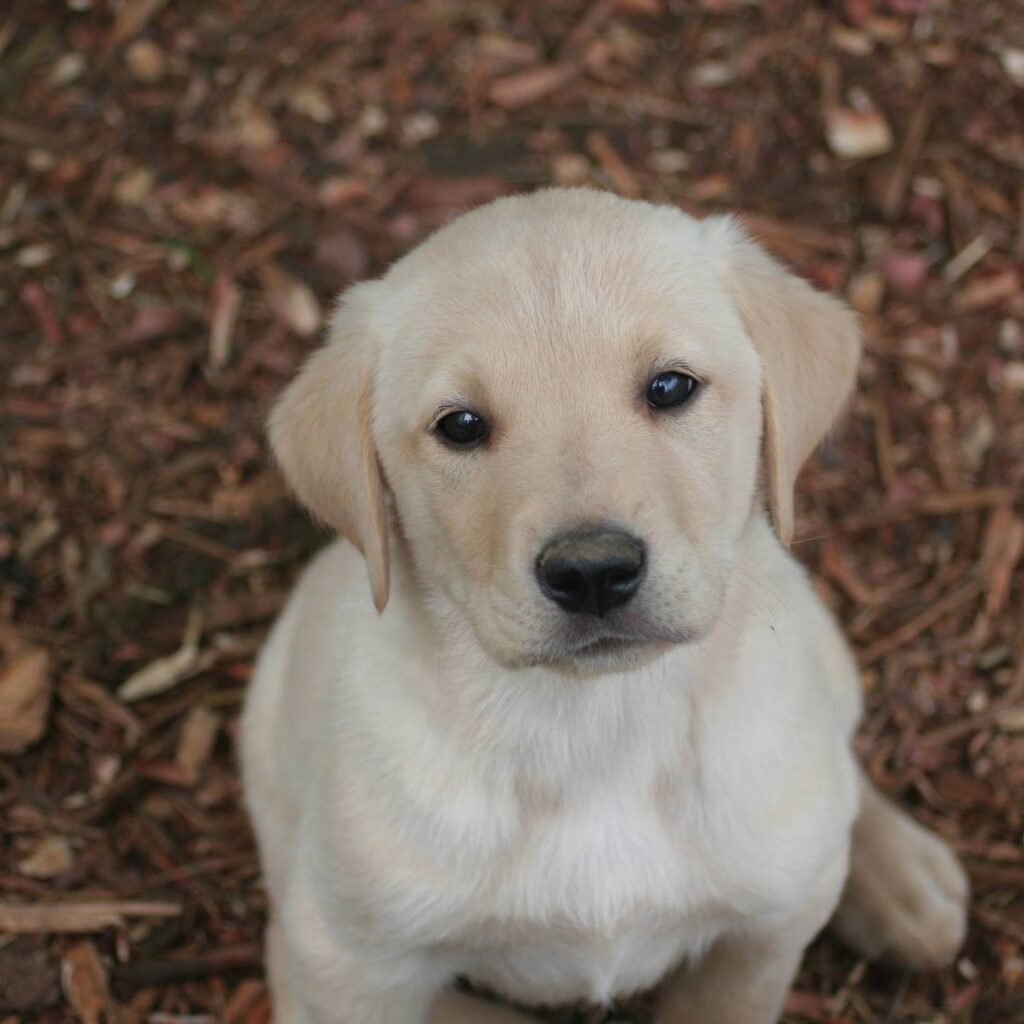
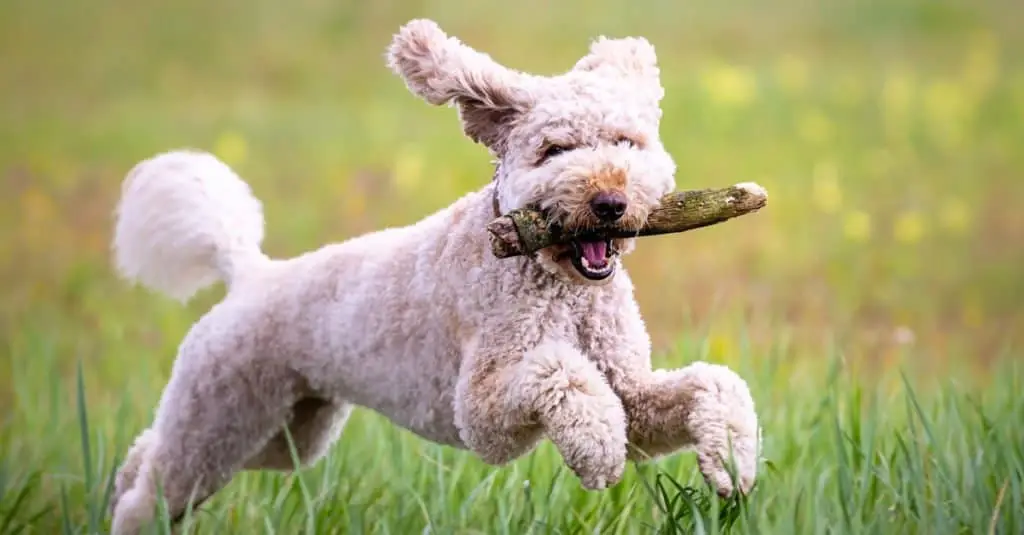
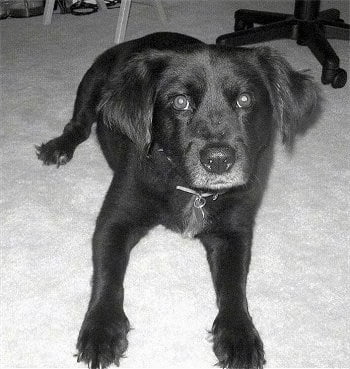
Goldador
A mix between the Golden Retriever and Labrador Retriever, the Goldador is known for its friendly and easy-going nature. They are excellent family pets and share many characteristics with the Cockador, including intelligence and trainability.
Labradoodle
The Labradoodle, a mix between a Labrador Retriever and a Poodle, is another breed similar to the Cockador. They are known for their hypoallergenic coats, friendly demeanor, and high energy levels. Labradoodles are also easy to train and make wonderful companions.
Spanieldor
The Spanieldor, a mix between a Cocker Spaniel and a Labrador Retriever, is very similar to the Cockador. They share many traits, including a friendly nature, intelligence, and a love for water. Spanieldors are also great family pets and adapt well to various living environments.
Conclusion
The Cockador is a delightful and versatile breed that combines the best traits of the Cocker Spaniel and Labrador Retriever. Their friendly nature, intelligence, and adaptability make them excellent family pets. If you’re looking for a loving and loyal companion, the Cockador might be the perfect addition to your home. Explore more about this charming breed and consider whether it’s the right fit for your family.
FAQ
Is the Cockador a dangerous dog?
No, the Cockador is not a dangerous dog. They are known for their friendly and gentle nature, making them excellent companions for families and individuals alike.
Is the Cockador the best guard dog to protect you or your family?
While Cockadors are protective of their families, they are not typically suited to be guard dogs. Their friendly nature makes them more likely to greet strangers warmly rather than act as protectors. For guarding purposes, breeds known for their protective instincts, like the German Shepherd or Rottweiler, may be more suitable.
